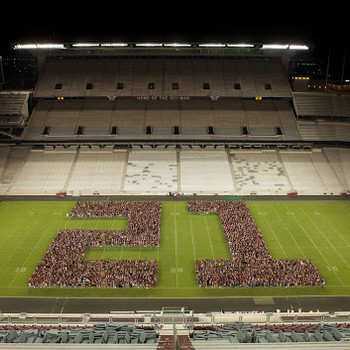We start with
1)(z-1)^3=i1)(z−1)3=i
If we multiply both sides by i^3i3 we get
2)i^3*(z-1)^3=i*i^32)i3⋅(z−1)3=i⋅i3
And we see these three identities:
a^c*b^c=(a*b)^cac⋅bc=(a⋅b)c, so i^3*(z-1)^3i3⋅(z−1)3 becomes (i*(z-1))^3(i⋅(z−1))3
a^b*a^c=a^(b+c)ab⋅ac=ab+c, so i*i^3i⋅i3 becomes i^4i4
and i^4=1i4=1,
so
3)(i*(z-1))^3=13)(i⋅(z−1))3=1
Distributing the ii we get
4)(z*i-i)^3=14)(z⋅i−i)3=1
We take the cube root of both sides to eliminate the power of 33
5)z*i-i=15)z⋅i−i=1
Factor out the ii again
6)i*(z-1)=16)i⋅(z−1)=1
Multiply both sides by i^3i3 to get
7)1*(z-1)=-i7)1⋅(z−1)=−i
Add 11 to both sides
:. z=1-i
Alternatively you could multiply by i after step 6 instead of i^3, but the result is the same
8)-1*(z-1)=i
Multiply (or divide) by -1
z-1=-i
Add 1 to both sides
:. z=1-i

